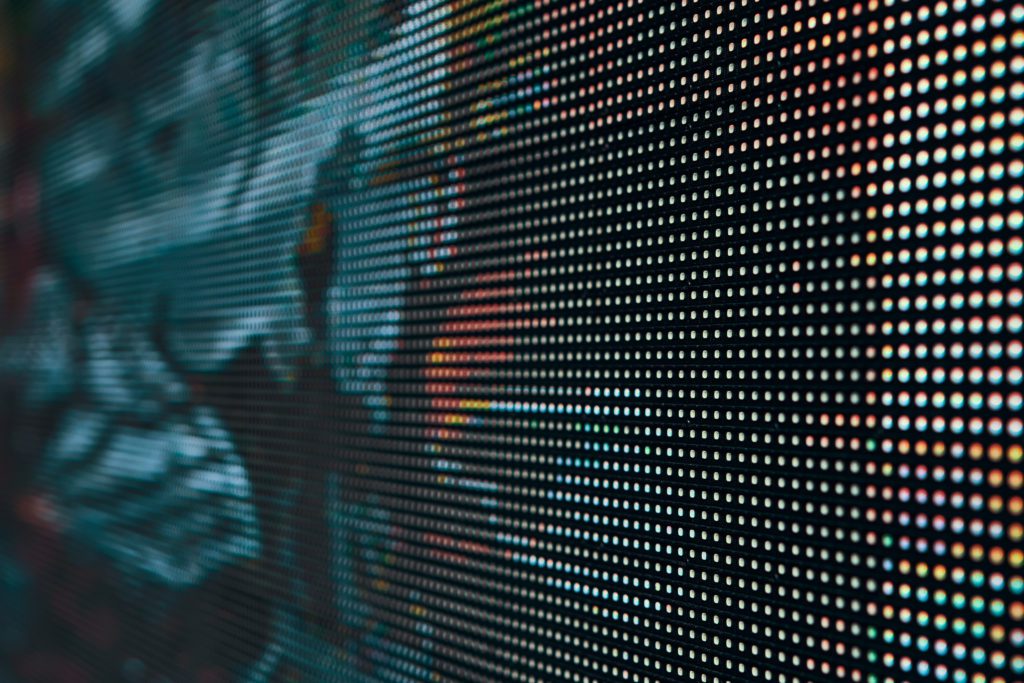A Thorough Analysis of Various Light Emitting Diode Video Screen Technologies and The Applications
A Thorough Analysis of Various Light Emitting Diode Video Screen Technologies and The Applications
Blog Article
LED display walls have become increasingly popular across different environments, including concerts, sports events, as well as business meetings. These big displays are composed of numerous individual Light Emitting Diode modules which function collectively to create a single cohesive visual. Various multiple kinds of LED display wall technologies on the market, every with its unique characteristics as well as advantages. Grasping these technologies options can help companies as well as entities select the appropriate option for their specific requirements.
A frequent type of Light Emitting Diode video wall solution is the direct view LED. Such solution utilizes individual Light Emitting Diode units that are placed near in proximity to form a large display. Directly viewed LED walls are recognized for their elevated brightness and lively hues, which makes them perfect for outdoor events and well-lit illuminated settings. These displays also have a broad sight angle, allowing indicating that people can view the screen distinctly from different locations. Such makes direct view Light Emitting Diode screens a favored choice for stadiums as well as external events.
Another type of Light Emitting Diode display screen technology is the LED-backlit Liquid Crystal Display. This solution combines traditional LCD displays and LED backlighting for improved luminosity as well as color accuracy. LED-backlit Liquid Crystal Displays are commonly used in interior settings, such as retail malls and conference spaces. These displays provide superior image quality and are typically more affordable than direct view LED walls. However, they may often function as effectively in well-lit settings, as the backlighting can occasionally dull the hues.
Another thirdly option is the OLED display screen. OLED technology offers exceptional differentiation and hue richness in relation to other kinds of screens. Every dot in an Organic Light Emitting Diode screen emits its own light, allowing for genuine blacks and lively hues. This renders Organic Light Emitting Diode video walls particularly appealing for applications that demand premium images, including gallery galleries or high-end retail outlets. Nonetheless, Organic Light Emitting Diode solution click here now can be costlier costly while may often be as bright as directly viewed Light Emitting Diode screens, making it less suitable for outdoor use.
Along with the aforementioned technologies, there are also multiple uses for LED video walls. These displays can be utilized for advertising, entertainment, and data presentation. For example, businesses commonly utilize Light Emitting Diode display walls for digital advertising to draw in clients and promote goods. Within entertainment, they enhance the visual experience at concerts and gatherings, offering dynamic backgrounds as well as captivating visuals. In business environments, LED video screens can be utilized for presentations, visual meetings, as well as educational programs, helping to communicate information in a aesthetically appealing way.
In conclusion, LED video screens come in different types, every with its unique benefits and uses. Directly viewed LED screens are ideal for outdoor applications, whereas LED-backlit LCDs are more suitable for interior settings. Organic Light Emitting Diode video screens offer exceptional image clarity but may come at a greater cost. Understanding the differences differences can help organizations make knowledgeable decisions about which kind of LED display screen best satisfies their needs, whether for promotion, entertainment, and business use.